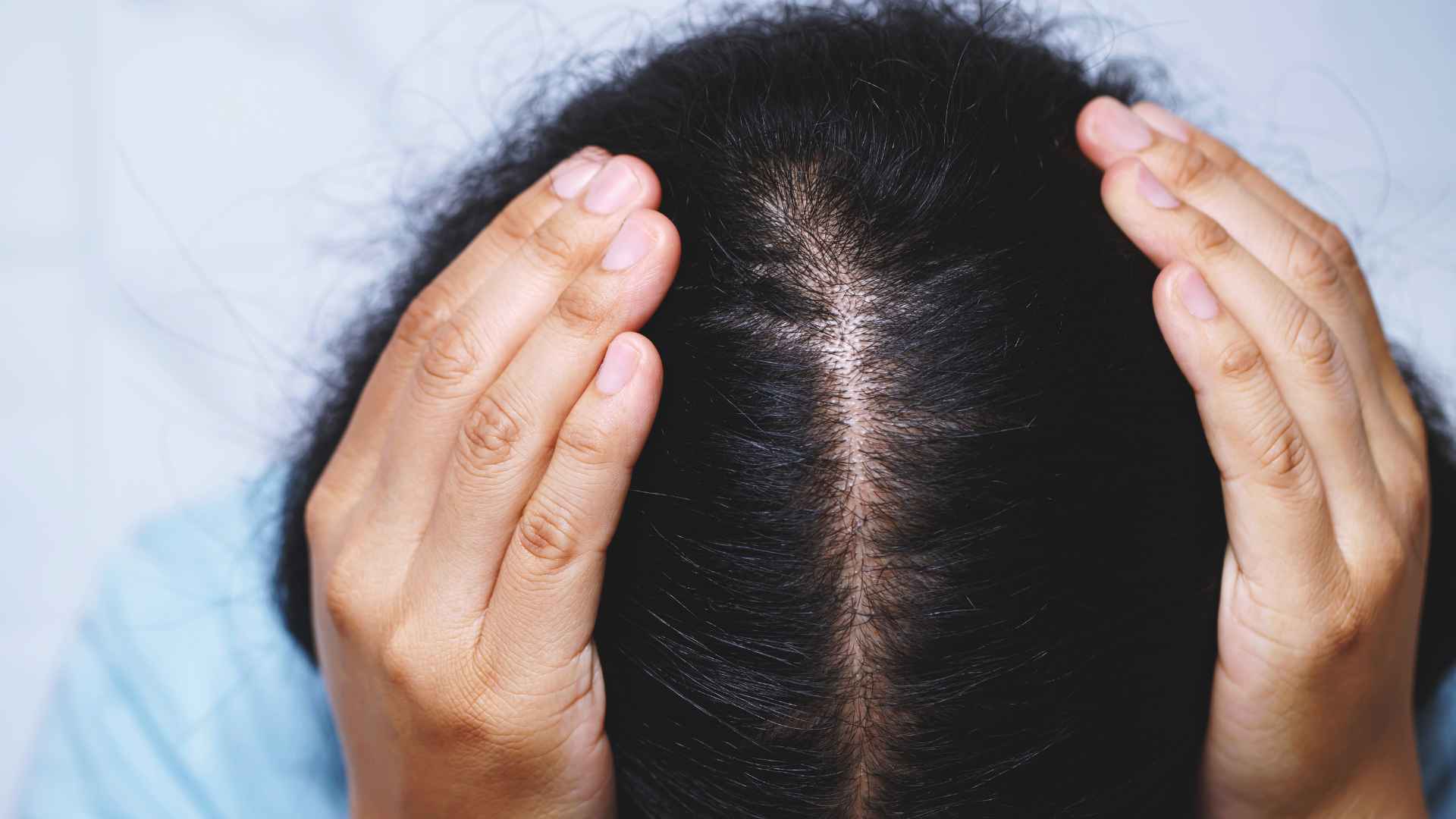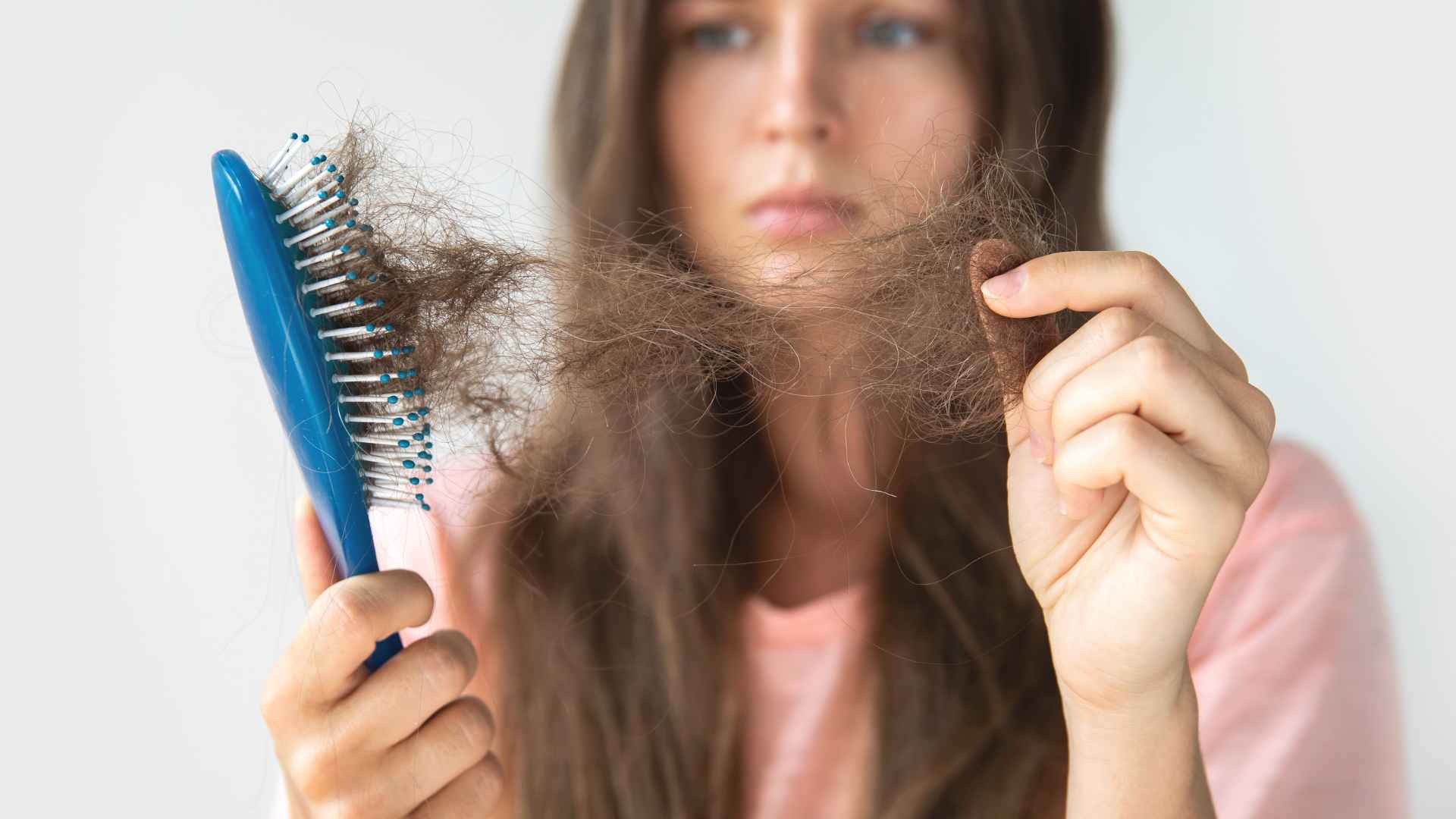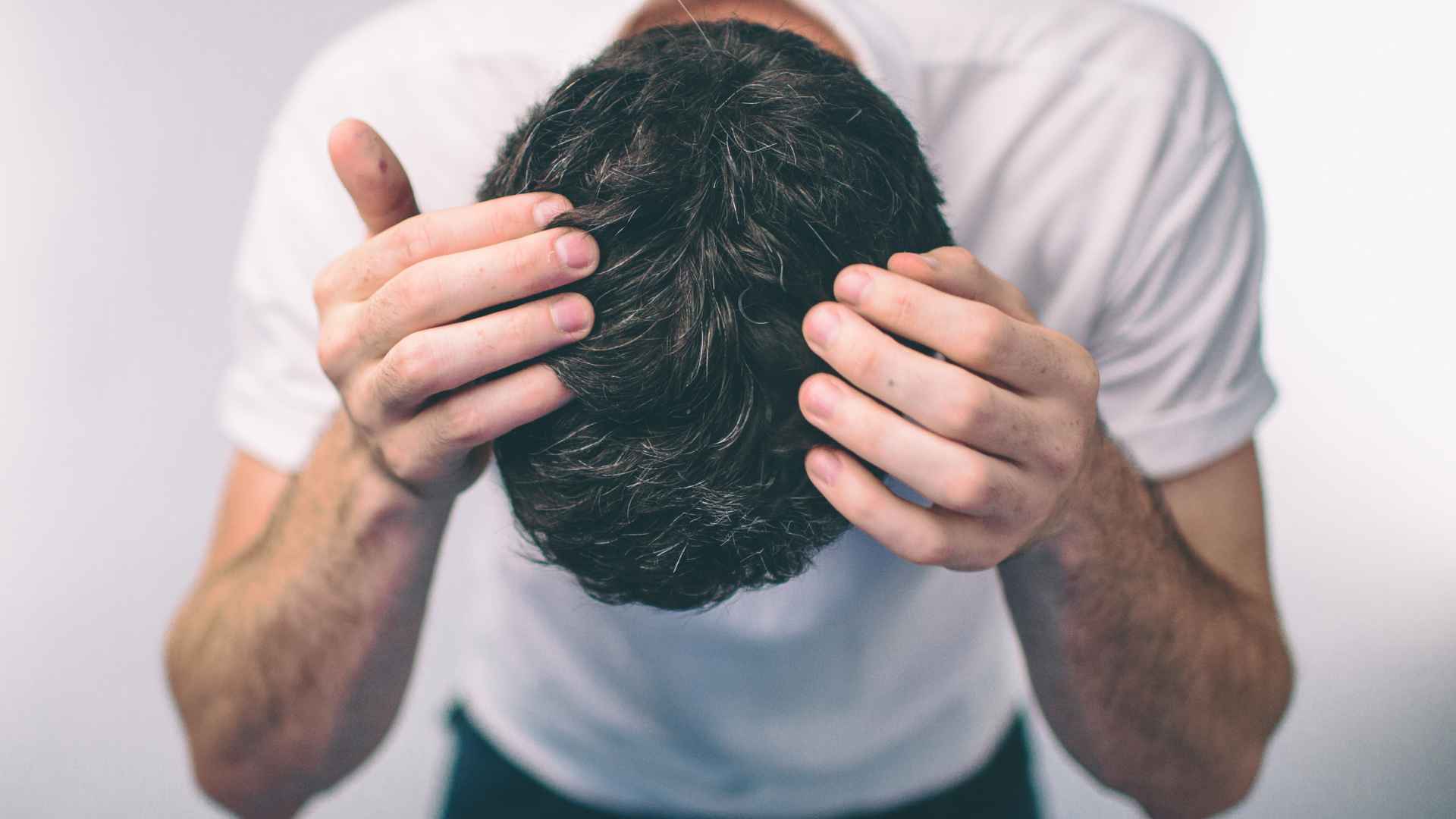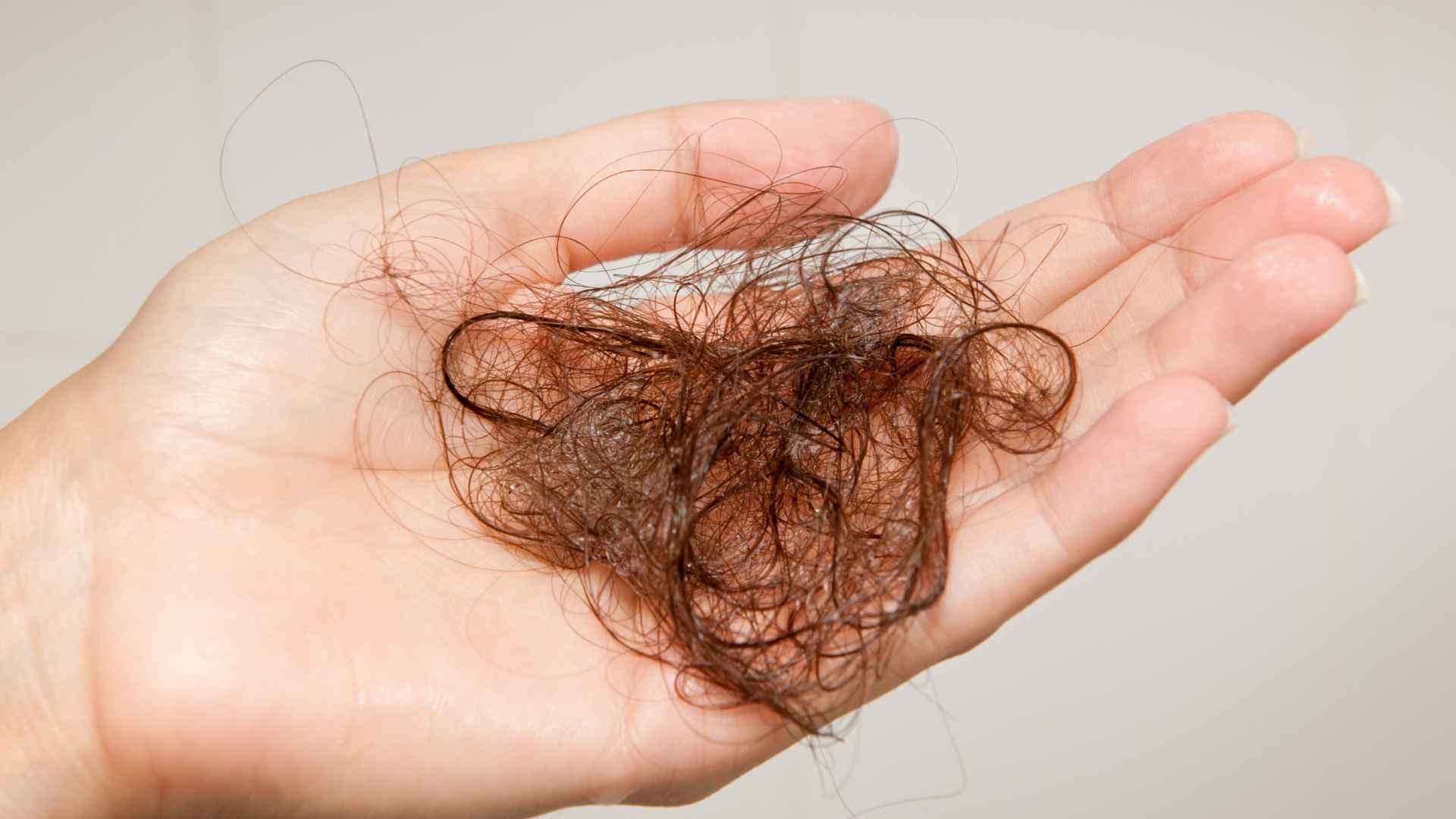Hair loss is a common concern that affects a significant portion of the population. It can have various causes and impacts individuals of all genders and ages. From gradual thinning to more pronounced bald patches, hair loss can have a profound effect on a person’s self-esteem and overall well-being.
Understanding what constitutes normal hair loss is crucial for individuals who may be worried about their hair health. It’s important to differentiate between normal shedding and excessive hair loss, as the former is a natural part of the hair growth cycle while the latter may indicate an underlying issue.
In this article, we will delve into the factors that contribute to hair loss and explore what can be considered within the normal range. By understanding the causes and extent of normal hair loss, individuals can gain a better perspective on their own hair health and make informed decisions regarding their concerns.
Understanding the Hair Growth Cycle

The hair growth cycle consists of three distinct phases: anagen, catagen, and telogen. Each phase serves a specific purpose in the natural process of hair growth and shedding.
- Anagen Phase (Growth Phase): The anagen phase is the active growth phase of the hair follicles. During this phase, the cells in the hair root divide rapidly, and the hair strand grows steadily. This phase typically lasts for a few years, with the exact duration varying between individuals. The length of the anagen phase determines the maximum potential length of an individual’s hair.
- Catagen Phase (Transition Phase): Following the anagen phase, the hair follicles enter the catagen phase, which is a transitional period. During this phase, the hair follicles shrink, and the hair growth stops. This phase is relatively short, lasting only a few weeks.
- Telogen Phase (Resting/Shedding Phase): The telogen phase is the resting phase of the hair growth cycle. Around 10-15% of all hair follicles are in this phase at any given time. During telogen, the hair follicles are not actively producing new hair. Instead, the hair strand remains in the follicle while the follicle prepares for a new growth cycle. After a period of rest, the old hair is shed, and a new hair begins to grow in its place. The duration of the telogen phase is typically a few months.
It’s important to note that shedding a certain amount of hair during the telogen phase is a normal part of the hair growth cycle. On average, individuals shed 50-100 hairs per day. This shedding is often unnoticeable as new hair continues to grow simultaneously. However, if the shedding exceeds this range or if the hair doesn’t regrow, it may indicate an abnormality or an underlying condition contributing to excessive hair loss.
What Are the Factors That Influence Hair Loss?
Hair loss can be influenced by a variety of factors, ranging from genetic predisposition to hormonal changes and medical conditions. Understanding these factors can provide insights into why some individuals experience hair loss more than others.
- Genetics: Genetics plays a significant role in hair loss. Androgenetic alopecia, also known as male or female pattern baldness, is the most common form of hair loss and is largely determined by genetic factors. The inheritance of certain genes can make individuals more susceptible to hair follicle sensitivity to hormones, leading to gradual hair thinning and eventual loss.
- Hormonal Changes: Hormonal changes can contribute to hair loss. For example, during pregnancy, hormonal fluctuations can cause an increase in the anagen (growth) phase, resulting in fuller hair. However, after giving birth, the sudden drop in hormones can trigger a larger number of hair follicles to enter the telogen (resting) phase, leading to noticeable shedding known as postpartum hair loss. Hormonal imbalances, such as those associated with thyroid disorders or polycystic ovary syndrome (PCOS), can also impact hair growth cycles.
- Age: As individuals age, hair growth tends to slow down. The anagen phase may become shorter, leading to reduced hair thickness and increased shedding. Additionally, hormonal changes, especially in menopause for women, can contribute to hair loss.
- Medical Conditions: Certain medical conditions and treatments can cause hair loss. Autoimmune diseases like alopecia areata result in the immune system attacking hair follicles, leading to patchy hair loss. Medical treatments such as chemotherapy and radiation can also disrupt the hair growth cycle, causing temporary hair loss.
These factors can disrupt the natural hair growth cycle, leading to increased shedding and potential hair loss. However, it’s important to note that the severity and duration of hair loss can vary based on individual circumstances. Some individuals may experience only mild thinning, while others may experience more noticeable hair loss. Consulting with a healthcare professional can help determine the underlying cause of hair loss and guide appropriate management strategies.
Guidelines for Determining What Is Considered Normal Hair Loss.

When it comes to determining what is considered normal hair loss, there are general guidelines that can help individuals assess their situation. Here are some key points to consider:
- Average Hair Loss: On average, it is normal to lose around 50-100 strands of hair per day. This amount of shedding is considered part of the natural hair growth cycle and is typically unnoticeable since new hair continues to grow simultaneously.
- Changes in Hair Density: While everyone’s hair density varies, significant changes in hair density can be an indicator of a problem. If you notice a visible reduction in hair thickness or overall hair volume, it may be a sign of excessive hair loss.
- Excessive Hair Shedding: Excessive hair shedding, beyond the range of 50-100 strands per day, may suggest a problem. If you consistently find clumps of hair in your brush, on your pillow, or in the shower drain, it is advisable to investigate further.
- Receding Hairline or Bald Patches: For individuals with a receding hairline or noticeable bald patches, it’s important to monitor any further progression or changes. Sudden or rapid hairline recession or the development of bald patches may require medical attention.
It’s worth noting that the determination of what is considered normal hair loss can vary from person to person. Factors such as hair density, individual hair growth cycles, and genetics can influence the amount of hair shed. If you have concerns about your hair loss or notice significant changes, it is recommended to consult with a dermatologist or healthcare professional who specializes in hair disorders. They can assess your specific situation, identify any underlying issues, and provide appropriate guidance and treatment options.
What Are the Signs of Excessive Hair Loss?

Excessive hair loss refers to a significant and noticeable increase in hair shedding beyond what is considered normal. Recognizing the signs of excessive hair loss is crucial in identifying potential underlying issues. Here are some signs to look out for:
- Noticeable Thinning: If you observe a gradual thinning of your hair, particularly on the top of your head or along the parting line, it could indicate excessive hair loss. Thinning hair may become more apparent over time and can affect both men and women.
- Receding Hairline: A receding hairline, commonly seen in men, is characterized by the gradual backward movement of the hairline, resulting in a more pronounced forehead. This can be a sign of excessive hair loss in the frontal area of the scalp.
- Bald Patches: Bald patches, also known as alopecia areata, refer to the sudden appearance of round or oval areas of hair loss on the scalp. These patches may be smooth and without any visible hair follicles. They can vary in size and may occur in multiple areas of the scalp.
Excessive hair loss can be a symptom of an underlying medical condition, such as hormonal imbalances, nutritional deficiencies, autoimmune disorders, or scalp infections. In some cases, it may also be a side effect of certain medications or treatments. Therefore, it’s essential to address excessive hair loss with a healthcare professional who specializes in hair disorders or a dermatologist.
If you are experiencing significant hair loss or notice any of the signs mentioned above, seeking medical advice is highly recommended. A healthcare professional can evaluate your condition, conduct any necessary tests or examinations, and provide a proper diagnosis. They can then recommend appropriate treatment options tailored to your specific situation, which may include medication, lifestyle modifications, or other interventions to address the underlying cause of excessive hair loss.
Remember, early detection and intervention can often lead to better outcomes, so don’t hesitate to consult with a healthcare professional if you have concerns about your hair loss.
6 Tips for Maintaining Healthy Hair and Minimizing Excessive Hair Loss.

Maintaining healthy hair can help minimize the risk of excessive hair loss and promote overall hair health. Here are some tips to keep your hair in good condition:
- Balanced Diet: Ensure you have a balanced diet that includes essential nutrients for hair health. Consume foods rich in vitamins (such as A, C, and E), minerals (like iron and zinc), and protein. Incorporate leafy greens, fruits, lean meats, fatty fish, nuts, and seeds into your meals.
- Proper Hair Care: Handle your hair gently to avoid unnecessary damage. Use a wide-toothed comb or a brush with soft bristles to detangle hair, starting from the ends and working your way up. Avoid pulling or tugging on wet hair, as it is more fragile at that time. Limit the use of heat styling tools, and if you do use them, apply a heat protectant spray.
- Scalp Care: Maintain a healthy scalp by keeping it clean and well-nourished. Regularly wash your hair with a mild shampoo and conditioner suitable for your hair type. Avoid using harsh hair products that can strip away natural oils or irritate the scalp. Massage your scalp gently to stimulate blood flow and promote a healthy environment for hair growth.
- Stress Management: Manage stress effectively, as it can contribute to hair loss. Engage in stress-reducing activities such as exercise, meditation, deep breathing, or hobbies that help you relax and unwind. Getting enough sleep is also important for maintaining overall well-being, including hair health.
- Avoid Damaging Styling Practices: Avoid hairstyles that pull tightly on the hair, such as tight ponytails, braids, or buns, as they can cause traction alopecia. Minimize the use of chemical treatments, such as perming or coloring, which can weaken the hair shaft. If using hair accessories, opt for ones made of soft materials to prevent breakage.
- Protect from Environmental Damage: Shield your hair from excessive sun exposure, chlorine from swimming pools, and harsh weather conditions. Wear a hat or use a UV protectant spray when spending time outdoors. Rinse your hair thoroughly after swimming in chlorinated water to remove any residue.
Remember, healthy hair is often a reflection of overall well-being. Adopting a healthy lifestyle, including regular exercise, a balanced diet, and proper self-care, can positively impact your hair health. If you have specific concerns about your hair or notice significant hair loss, consult a healthcare professional or a dermatologist specializing in hair disorders for personalized advice and treatment options.
Watch What is the normal hair shedding | Video
Top 5 FAQs and answers related to how much hair loss is normal
How much hair loss is normal per day?
On average, it is considered normal to lose around 50-100 strands of hair per day. This amount of shedding is part of the natural hair growth cycle and is typically unnoticeable since new hair continues to grow simultaneously.
How can I tell if my hair loss is excessive?
If you notice a significant increase in hair shedding, visible thinning of your hair, a receding hairline, or the development of bald patches, it may indicate excessive hair loss. Consulting a healthcare professional or a dermatologist specializing in hair disorders can help assess your specific situation.
Does hair loss vary between men and women?
Yes, hair loss patterns can differ between men and women. Men often experience male pattern baldness, which results in a receding hairline and thinning on the crown. Women may experience diffuse hair thinning or a widening parting line. However, both genders can also experience other types of hair loss not specific to their gender.
Can stress cause excessive hair loss?
Yes, stress can contribute to excessive hair loss. Telogen effluvium is a condition triggered by stress, causing more hair follicles to enter the resting phase and subsequently shedding more hair. Managing stress through relaxation techniques and self-care practices can help minimize this type of hair loss.
How long does hair shedding last after childbirth?
After childbirth, it is common for women to experience postpartum hair loss. This shedding typically occurs a few months after delivery and can last for several months. However, for most women, hair growth returns to normal within a year after childbirth.
Conclusion

In this article, we explored the factors related to hair loss and what can be considered within the normal range. Here’s a recap of the main points discussed:
- The hair growth cycle consists of three phases: anagen (growth), catagen (transition), and telogen (resting/shedding).
- Shedding around 50-100 strands of hair per day is considered normal.
- Excessive hair loss can be influenced by factors such as genetics, hormonal changes, age, and medical conditions.
- Excessive hair loss may manifest as noticeable thinning, receding hairline, or bald patches.
- It’s crucial to recognize excessive hair loss as it may indicate an underlying medical condition and should be addressed by a healthcare professional.
- Maintaining healthy hair involves a balanced diet, proper hair care, stress management, and avoiding damaging styling practices.
- If concerned about hair loss, seeking professional advice is recommended for proper diagnosis and treatment options.
Remember, while hair loss is a natural part of the hair growth cycle, monitoring it is essential to identify any potential underlying issues. If you have concerns about excessive hair loss or notice significant changes in your hair density or appearance, don’t hesitate to consult with a healthcare professional or a dermatologist specializing in hair disorders. Many effective treatment options are available to address hair loss and promote hair health. Stay positive and take proactive steps towards maintaining healthy hair.
Please share this How Much Hair Loss Is Normal? Brushing, Washing, and More with your friends and do a comment below about your feedback.
We will meet you on next article.
Until you can read, Is Hair Loss Genetic? The Role of Genetics in Hair Loss